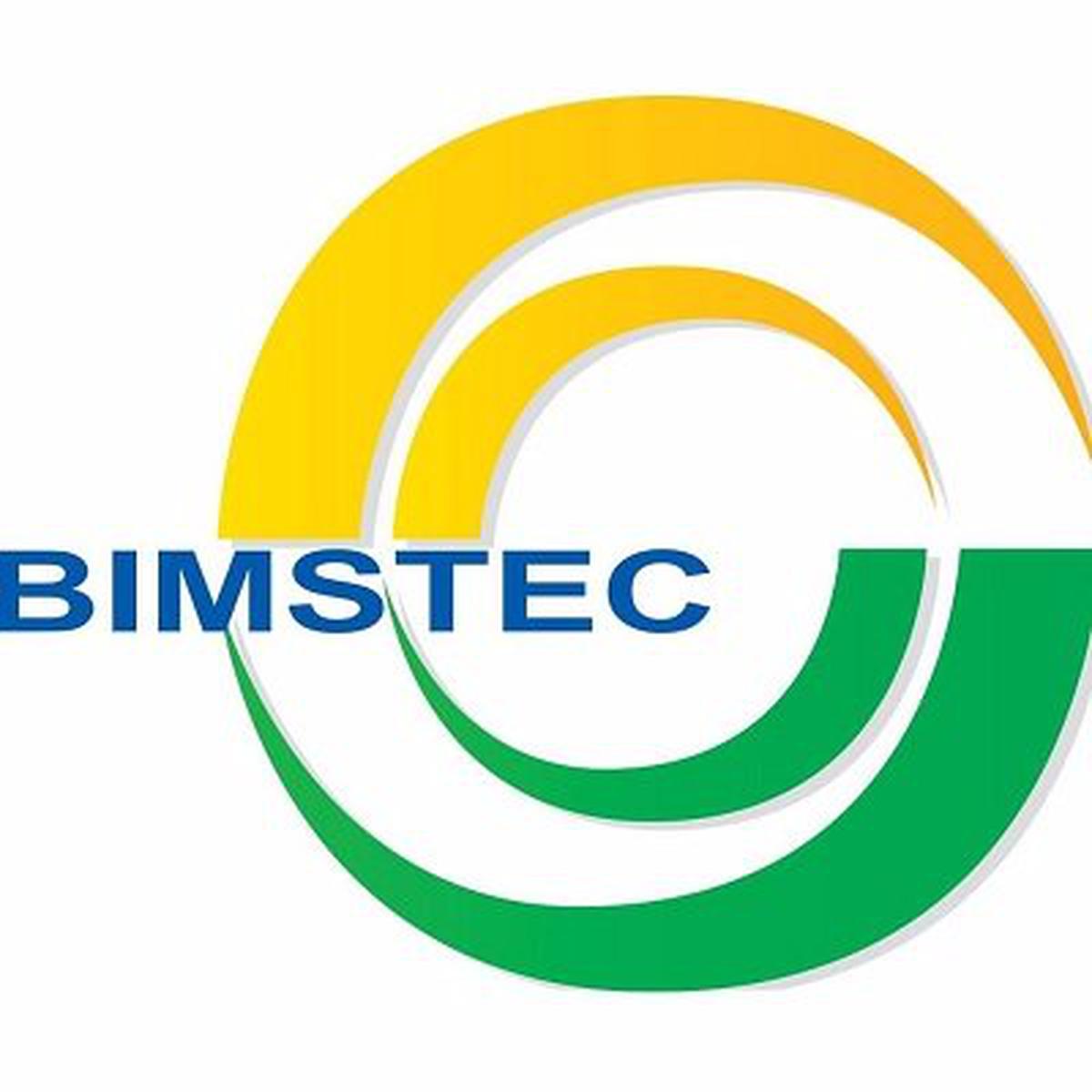- The next Bay of Bengal Initiative for Multi-Sectoral Technical and Economic Cooperation (BIMSTEC) meeting at the end of this year is expected to endorse the Bangkok Vision 2030.
- This thorough paper will lead the exceptional person group and provide direction to the organisation.
- A marine transport cooperation pact is also likely to be signed at the meeting.

Recognising BIMSTEC
- Bangladesh, Bhutan, India, Myanmar, Nepal, Sri Lanka, and Thailand are among the seven member countries of BIMSTEC.
- Its geographical breadth encompasses the Bay of Bengal’s shoreline and neighbouring territories, resulting in a seamless regional unity.
- BIMSTEC serves as a link between South and Southeast Asia, connecting the Great Himalayas and the Bay of Bengal ecologies.
- The organisation is dedicated to developing collaboration on similar interests and providing an enabling climate for rapid economic development.
Key agenda of the vision document
(1) Synergizing economy and connectivity
- Thailand aims for a seamless interconnected network across sectors, including maritime transport, marking a significant milestone.
(2) Synergy with ASEAN
- Thailand seeks synergy between BIMSTEC and ASEAN for regional growth and development.
Recognising BIMSTEC
- Bangladesh, Bhutan, India, Myanmar, Nepal, Sri Lanka, and Thailand are among the seven member countries of BIMSTEC.
- Its geographical breadth encompasses the Bay of Bengal’s shoreline and neighbouring territories, resulting in a seamless regional unity.
- BIMSTEC serves as a link between South and Southeast Asia, connecting the Great Himalayas and the Bay of Bengal ecologies.
- The organisation is dedicated to developing collaboration on similar interests and providing an enabling climate for rapid economic development.
BIMSTEC’s Evolution and Expansion
- The Bangkok Declaration founded BIMSTEC in 1997, with four member countries: Bangladesh, India, Sri Lanka, and Thailand (BIST-EC).
- With the addition of Myanmar in 1997, the organisation was renamed BIMST-EC.
- In 2004, Nepal and Bhutan joined, giving rise to the current name, the Bay of Bengal Initiative for Multi-Sectoral Technical and Economic Cooperation (BIMSTEC).
BIMSTEC Institutional Mechanisms
- BIMSTEC Summit: The highest policymaking body, comprised of member states’ leaders of state/government.
- External/Foreign Ministers attend the second highest policy-making body, the Ministerial Meeting.
- Senior Officials’ Meeting: Representatives from member countries’ foreign ministries.
- BIMSTEC Working Group: Monthly meetings at the BIMSTEC Secretariat in Dhaka attended by ambassadors or delegates.
- Business Forums and Economic Forums: These are forums that encourage involvement from the private sector.
Potential for BIMSTEC Relationship Reinforcement:
- BIMSTEC fosters increasing commerce, investment, and cultural contacts between nations in South and Southeast Asia.
- The Bay of Bengal region has the potential to become the epicentre of the Indo-Pacific concept, facilitating conversation and involvement among major East and South Asian powers.
- Intra-Regional Cooperation: BIMSTEC serves as a link between SAARC and ASEAN, offering a forum for member countries to collaborate, promote economic integration, and define common goals.
- Economic Growth Engine: With a population of 1.5 billion people and a combined GDP of USD 3.8 trillion, BIMSTEC is a driving force for economic growth and cooperation.
- Facilitating Global Trade: The Bay of Bengal region, enabled by BIMSTEC, is critical to global trade, with around one-fourth of all traded products passing through the region.
- Key Connectivity initiatives: To strengthen connectivity and encourage trade within the region, BIMSTEC actively participates in initiatives such as the Kaladan Multimodal Project, the Asian Trilateral Highway, and the BBIN Motor Vehicles Agreement.
The Importance of BIMSTEC for India
- Alignment with Core goals: BIMSTEC supports India’s goals of prioritising neighbouring countries, developing interaction with Southeast Asia, and encouraging northeastern state development.
- Countering China’s Influence: BIMSTEC provides a platform for India to counterbalance China’s growing influence in the Bay of Bengal region, resulting in a more balanced regional order.
- Alternative Engagement venue: When progress in SAARC is hampered, BIMSTEC acts as an alternative venue for India to engage with South Asian countries, boosting regional cooperation and development.
Key BIMSTEC Challenges
- There are very few meetings: Due to the infrequency of summits and ministerial sessions, development has been limited.
- There is no key player: Members’ commitment levels vary, with some nations focusing more on ASEAN than BIMSTEC.
- There is no precise goal: Maintaining efficiency in certain focal areas while balancing cooperation throughout 14 areas of collaboration.
- Individual variations: Addressing member-nation conflicts and emergencies, such as the Rohingya crisis and border conflicts.
- Initiatives in parallel: Navigating the presence of the Bangladesh-China-India-Myanmar (BCIM) Forum, which casts doubt on the unique potential of BIMSTEC.
- Geoeconomics stalemate: Economic cooperation is hampered by difficulties in achieving a complete Free Trade Agreement (FTA) and unfinished projects.
The way forward
- Effective Implementation: Ensure the Bangkok Vision 2030 is implemented effectively by matching national development goals and developing monitoring mechanisms to track progress and address difficulties.
- Strengthening Connectivity Initiatives: To improve regional connectivity, prioritise the completion of ongoing connectivity initiatives such as the Kaladan Multimodal Project, Asian Trilateral Highway, and BBIN Motor Vehicles Agreement.
- Promoting Trade and Economic Cooperation: To enable trade and economic cooperation within BIMSTEC, foster a conducive climate for commerce, remove barriers, and encourage smooth movement of goods and services.
- Collaboration on the SDGs (Sustainable Development Goals): Align Bangkok Vision 2030 with the SDGs, identify priority areas, and share best practises to achieve inclusive and sustainable growth.
- Institutional Mechanisms for Strengthening: Improve the efficiency of BIMSTEC’s institutional procedures, regularise scheduling, and increase the BIMSTEC Secretariat’s role.
- Collaboration with External Partners: Look into forming alliances with external partners, regional organisations, and international development agencies in order to pool resources and technical help for key projects.
Source: https://www.thehindu.com/news/national/bimstec-to-focus-on-connectivity-to-adopt-bangkok-vision-2030-at-next-summit/article66972961.ece#:~:text=The%2019th%20BIMSTEC%20ministerial%20meeting,to%20the%20Thai%20Foreign%20Ministry.
